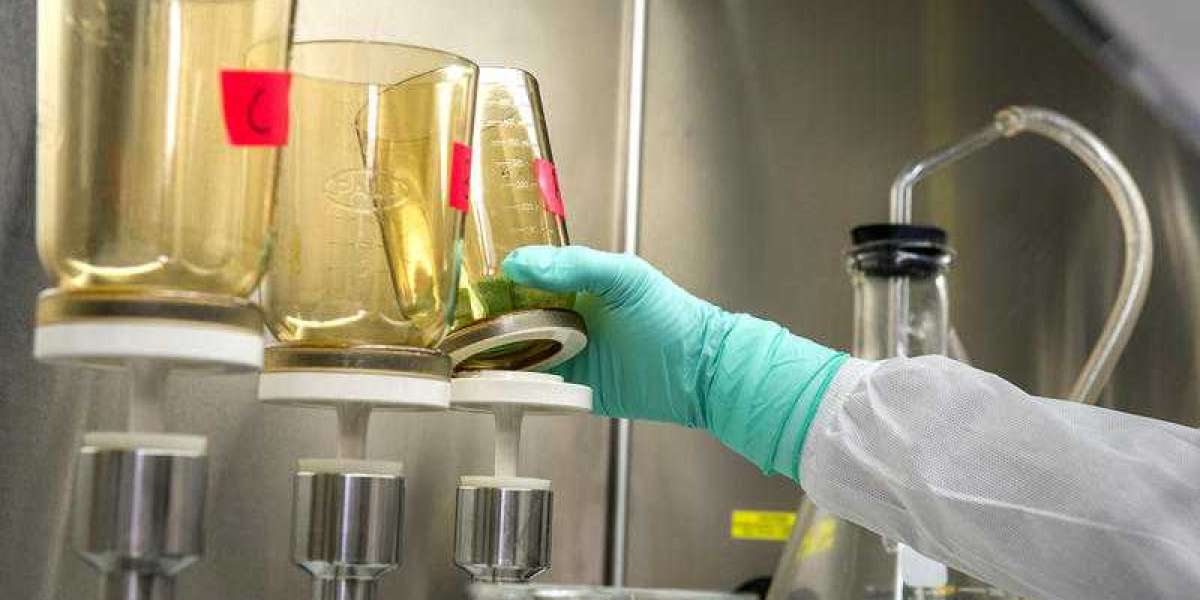In today’s highly regulated industries, from pharmaceuticals to food and cosmetics, ensuring product safety is of utmost importance.
One of the critical steps in maintaining quality and compliance is chemical impurity testing and analysis.
The presence of unintended substances or contaminants can pose serious health risks to consumers and lead to regulatory non-compliance, recalls, and reputational damage for manufacturers.
This article explores why chemical impurity testing is essential for product safety and how it contributes to overall quality assurance.
What is Chemical Impurity Testing and Analysis?
Chemical impurity testing and analysis is the process of detecting, identifying, and quantifying unwanted substances in a product.
These impurities can arise from various sources, such as raw materials, manufacturing processes, storage conditions, or environmental contamination.
The goal of impurity testing is to ensure that products meet safety standards and regulatory guidelines before they reach consumers.
Impurities are generally classified into three types:
- Organic Impurities – Byproducts of chemical synthesis, degradation products, or contaminants from raw materials.
- Inorganic Impurities – Residues from catalysts, heavy metals, or other non-organic substances.
- Residual Solvents – Traces of solvents used in manufacturing that may remain in the final product.
The Importance of Chemical Impurity Testing for Product Safety
1. Ensures Consumer Safety
Undetected impurities can pose serious health risks to consumers. For example:
- In pharmaceuticals, harmful impurities in drugs can lead to adverse reactions or reduced efficacy.
- In food products, contaminants like heavy metals, pesticides, or additives can cause toxicity.
- In cosmetics and personal care products, unregulated chemicals may trigger allergies, skin conditions, or long-term health issues. By conducting impurity testing, manufacturers can eliminate potential hazards and provide consumers with safe, high-quality products.
2. Regulatory Compliance and Industry Standards
Regulatory agencies such as the FDA (Food and Drug Administration), EMA (European Medicines Agency), EPA (Environmental Protection Agency), and WHO (World Health Organization) have strict guidelines regarding impurity levels in various products.
Failing to comply with these regulations can result in fines, product recalls, and legal repercussions. For instance, in pharmaceuticals, ICH Q3A and ICH Q3B guidelines specify impurity limits and analytical methods. Similarly, the USP (United States Pharmacopeia) and ISO standards provide guidelines for chemical impurity testing in different industries.
Adhering to these standards ensures legal compliance and market acceptance.
3. Enhances Product Quality and Reliability
Impurity testing is a crucial component of quality control and assurance. By identifying and quantifying impurities, manufacturers can improve production processes and ensure consistency in product composition.
High-quality products lead to better customer satisfaction, stronger brand reputation, and long-term business success.
4. Prevents Costly Recalls and Liability Issues
Product recalls due to contamination or impurity-related safety concerns can be financially devastating and damaging to a company’s reputation. A single recall can lead to:
- Massive financial losses due to production shutdowns and legal settlements.
- Loss of consumer trust and brand credibility.
- Regulatory scrutiny and stricter compliance checks. By investing in impurity testing, businesses can prevent such costly incidents and maintain their market position.
5. Protects the Environment
Chemical impurities not only affect human health but can also have environmental consequences.
For instance, improper disposal of contaminated products or unregulated industrial discharge can lead to water and soil pollution.
Conducting impurity testing helps companies develop environmentally sustainable practices by ensuring that their products and waste materials meet environmental safety standards.
Common Methods of Chemical Impurity Testing and Analysis
Several analytical techniques are used to detect and quantify chemical impurities in different products:
- High-Performance Liquid Chromatography (HPLC) – Used to separate and identify organic impurities in pharmaceuticals and food products.
- Gas Chromatography-Mass Spectrometry (GC-MS) – Effective for analyzing volatile and semi-volatile compounds, such as residual solvents.
- Inductively Coupled Plasma Mass Spectrometry (ICP-MS) – Ideal for detecting trace elements and heavy metal contaminants.
- Fourier Transform Infrared Spectroscopy (FTIR) – Helps identify functional groups and chemical bonds in substances.
- Atomic Absorption Spectroscopy (AAS) – Used for metal impurity analysis.
- Titration and Wet Chemistry Techniques – Useful for basic impurity quantification in chemical solutions.
Each of these methods offers high sensitivity and specificity, allowing manufacturers to meet stringent quality and safety requirements.
Best Practices for Effective Impurity Testing
To ensure effective chemical impurity testing, companies should follow these best practices:
- Implement Robust Quality Control Systems – Regular monitoring and testing at different stages of production.
- Adopt a Risk-Based Approach – Identify critical control points where impurities are most likely to occur.
- Use Advanced Analytical Techniques – Leverage state-of-the-art technology for accurate impurity detection.
- Stay Updated with Regulatory Changes – Compliance with evolving industry standards ensures market acceptance.
- Maintain Proper Documentation – Keeping detailed records of impurity testing results for regulatory audits and quality assurance.
Conclusion
Chemical impurity testing and analysis is an indispensable part of product safety and quality assurance.
It helps ensure consumer health, regulatory compliance, and brand credibility while preventing financial losses from recalls or legal penalties.
By implementing stringent impurity testing protocols and leveraging advanced analytical techniques, manufacturers can maintain high safety standards and gain consumer trust.
Investing in reliable impurity testing not only protects public health but also paves the way for sustainable business growth in a competitive market.








